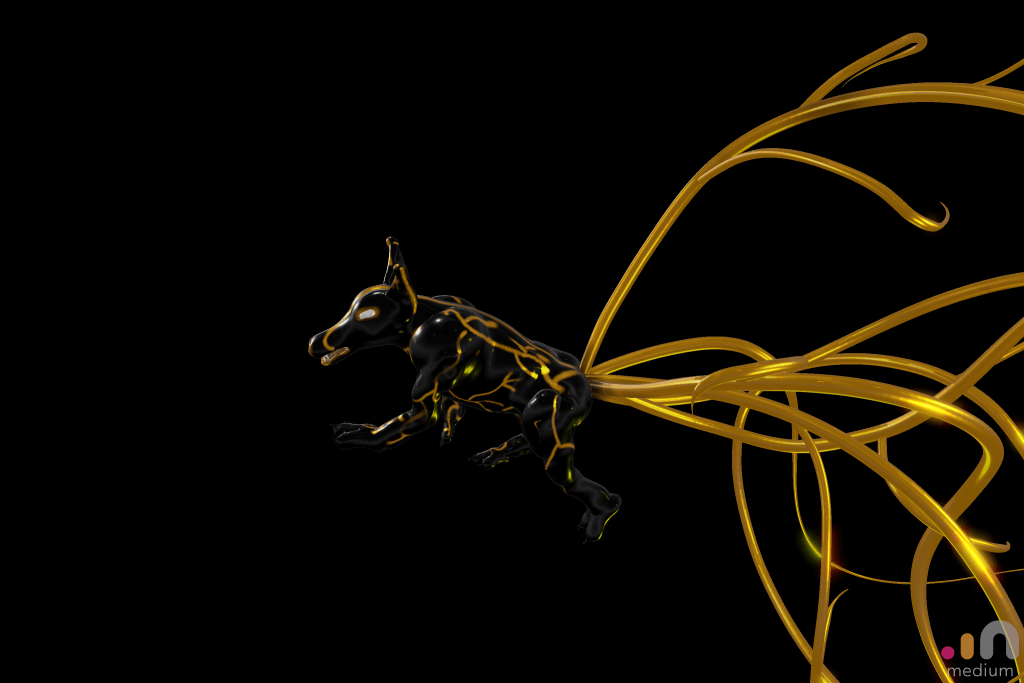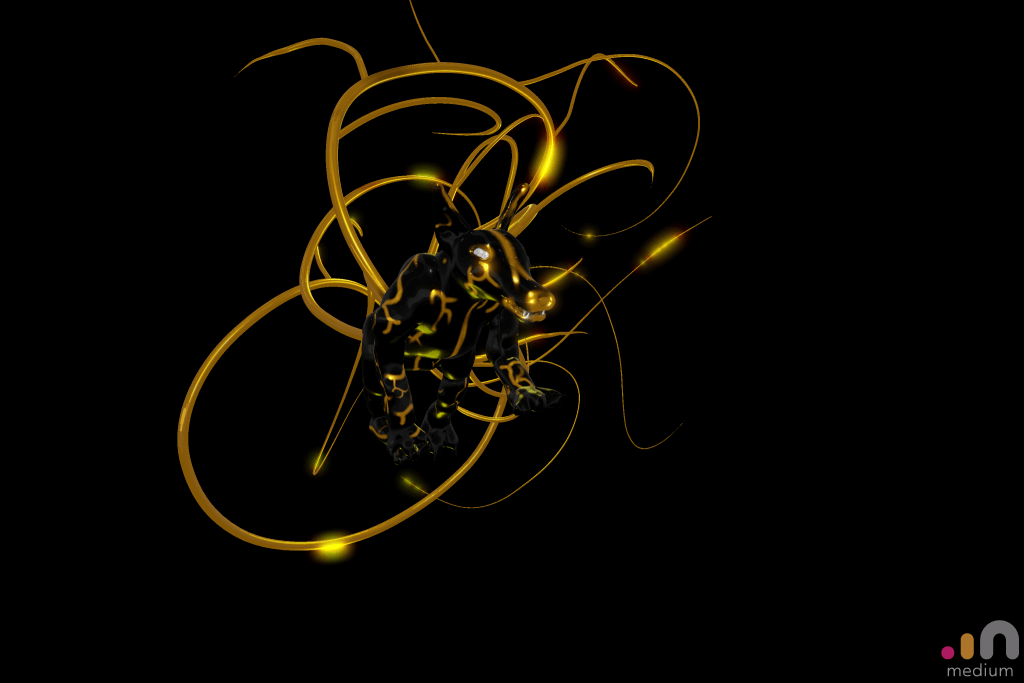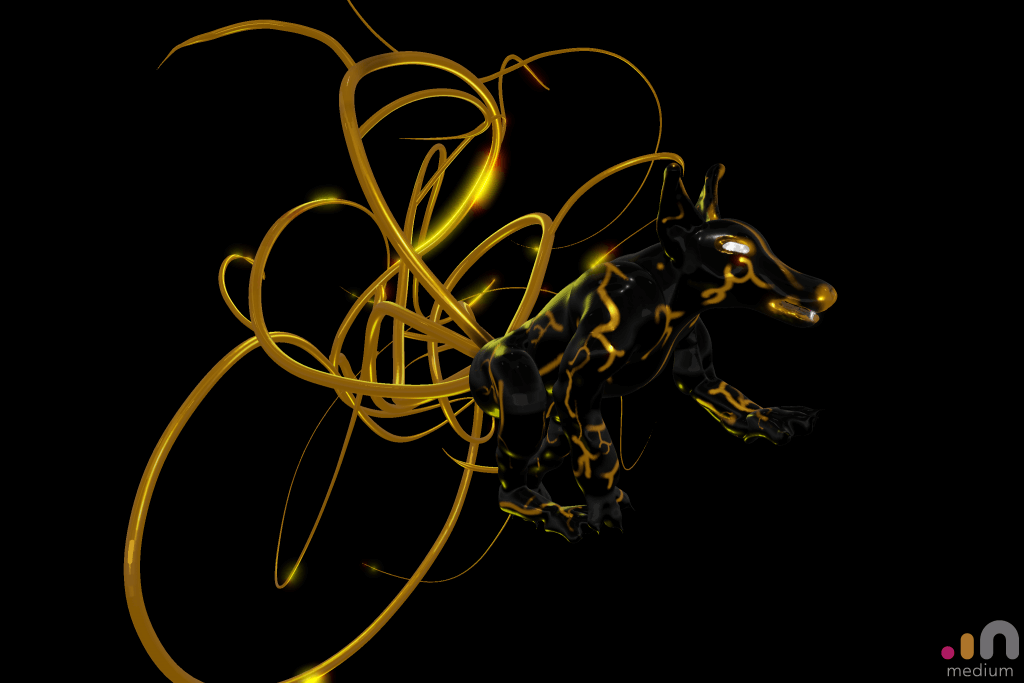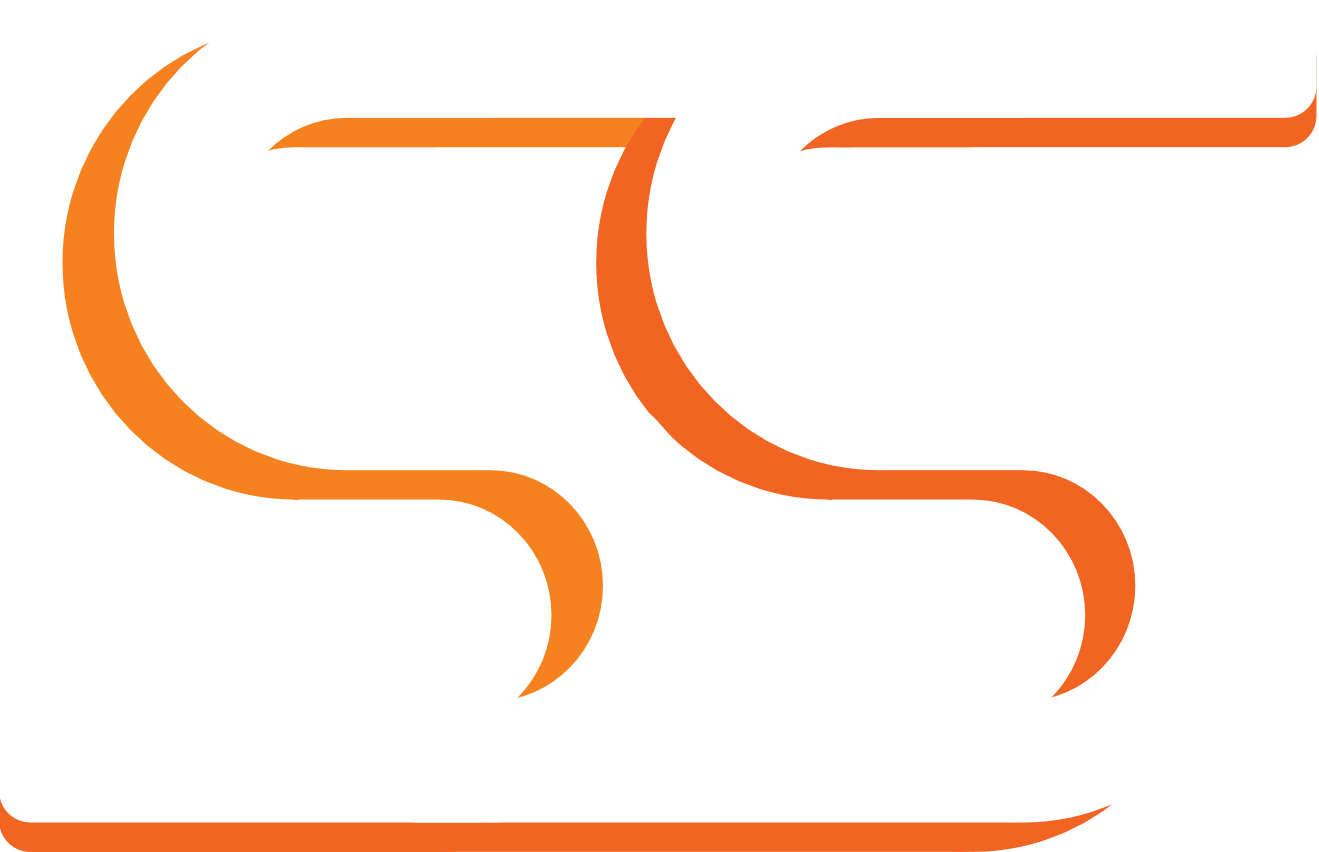Stijn
van
Sprang
XR-developer & Communication Multimedia Designer
Stijn
van
Sprang
XR-developer & Communication Multimedia Designer
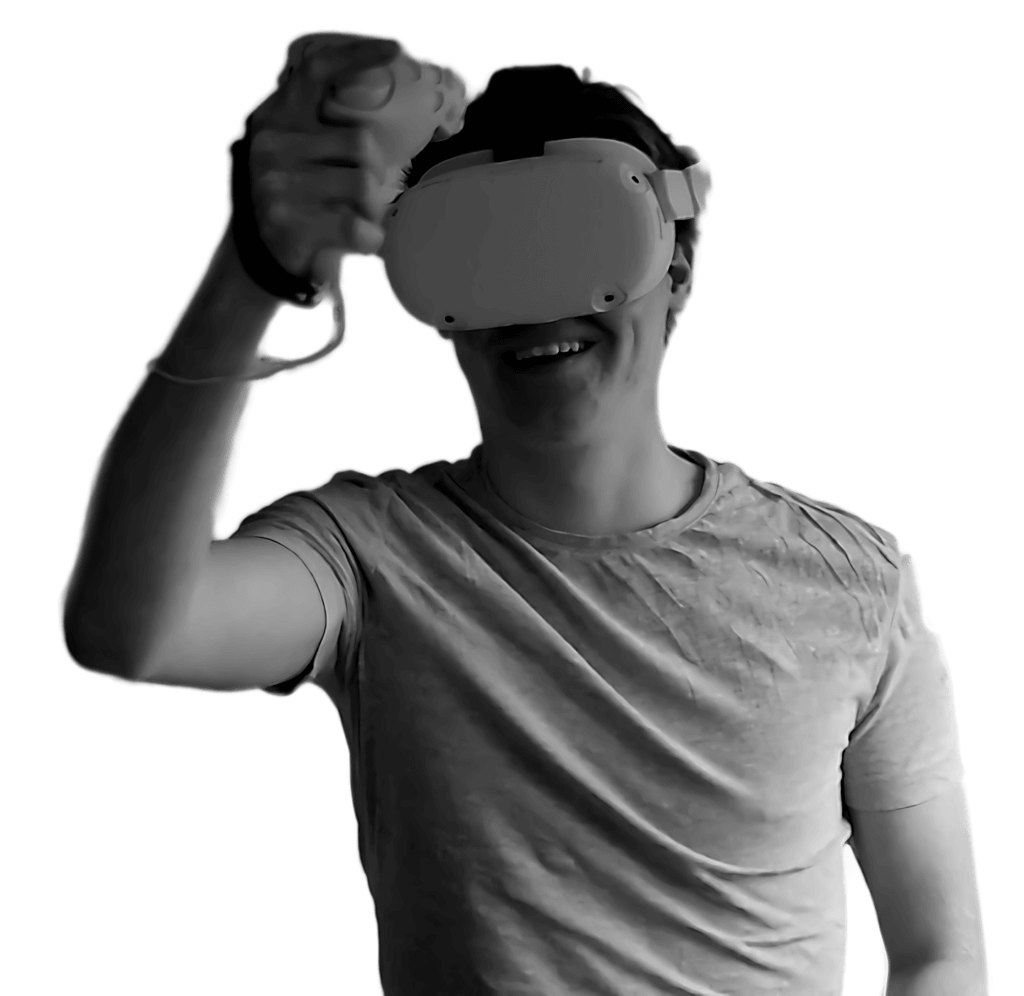
About me
I am
Stijn van Sprang
I’m a Communication Multimedia Design student at Avans University of Applied Sciences, and employed as an XR-developer at Virtual Reality Learning Lab.
I love working with the newest of the newest technology, building rapid prototypes and getting to testing as soon as possible with an experiment which actually represents the end product. Thanks to a wide knowledge of tools, I can feel comfortable working in a wide range of development: from design to programming, and from 2D to spacial.
Ready to create something incredible together?
Unreal Engine
Unity Engine
Experimenting with new technology brings new possibilities, but also an endless supply of problems which are hard to diagnose and fix. This did not hold us back though while testing hand tracking, physics simulations and layer effects in these AR-experiments for the Meta Quest 2
Physical products
Technologies
I love Unity for the amount of tutorials available online, together with the huge amount of SDKs for creating XR experiences for different platforms and the flexibility the engine offers to make it work for any type of workflow.
I’m not a big fan of the business side of Unity, and how they try to make money by changing licences after the fact and putting quality of life functions behind a paywall, making it a hard company to trust.
Unity3D
I love how flexible Affinity works between its different programs, without having to deal with a company like Adobe. I enjoy how quick rapid sketches can be made and have texture added to clean vector lines. Furthermore, I love how the different workspaces (personas) separate the functions to only have the buttons you actually need easily accessible.
Affinity does a lot right, but some AI-assisted functions from software like Photoshop or Luminar make me jealous of how swiftly content-aware fills or colour adjustments can be done. Affinity is fast, but does take some extra button-presses to get the same basic jobs done. The lack of plugins also does not help.
Affinity Suite
When there is a need to program a microcontroller like an Arduino Uno or an ESP32 (which I love!) then there are few programs as reliable have support and to upload without errors as the Arduino IDE: It just works.
I do not like how basic the editor is, with a lack of auto-completion, or in depth error handling. The 2nd version of this editor has more features, but trades these for long loading times.
Arduino IDE
If its digital, and you can imagine it, than it can for sure be made in Blender! The huge amounts of things it can do are amazing, from 2D animating in 3D space to simulating a lake of lava: I love how versitile Blender is.
The amount of options sometimes can be a little overwhelming, as accidentally pressing a button on the keyboard will for sure trigger ‘something’ (and the challenge becomes how to disable it again).
Blender
I enjoy the flexibility you unlock by working directly in HTML, CSS and Javascript, compared to more visual web builders. Whatever comes to mind can be build and made functional just by knowing these 3 scripting languages, which I think is pretty amazing!
It takes forever to completely finish a project, and the fact that your code runs anywhere also means it needs to be tested and adjusted for a huge number of screen sizes and across a wide range of graphical capabilities.
Web scripting
Resolve is an incredibly flexible video editor which I enjoy using thanks to its many pages: workspaces all meant for different steps of the editing process. I love how the program takes me from selecting my video into editing, stabilizing and colouring all without having to think about it twice as every tool is right where you expect it, without feeling overwhelming
This program is build to be used in professional productions, which means there is a lot of “fluff” I don’t really need. It forces me to take extra steps which won’t add any value for me, like a whole patch panel for using a simple microphone input. This does slow a simpler production down a little bit.
Davinci Resolve
Godot is the only engine which is fully open source, and thus extendable for any specific needs. The nodes, which are th building blocks of all game components, are very easy to manage and keep track off from a bird’s eye perspective and GDscript, the programming language of Godot is easy to read, understand and debug.
Godot changes quite a lot every other update, meaning tutorials from a year ago might as well be worthless now. This makes it hard to solve issues, especially with the amount of bugs which can be encountered without clear ways to debug the source of the problem
Godot
Oculus, or later Adobe Medium has got to be one of the most flexible VR creation tools made so far: sculpting and painting using the clay-like meshes, and being able to export them into a normal 3D-model is amazing and one of the most intuitive usages of controllers and 3D space to build new models I have used.
Mediums’ clay works with a resolution, meaning that to save on memory the higher the resolution, the smaller the usable area to sculpt in becomes. This means that, unless you know how to use the resolution changer effectively, you will either end up with a huge filesize, or a model which looks unsharp.
Medium
WordPress, especially in combination with page builders, offers such a wide variety of designs which are easy to customise and adjust for whatever I need to build. I love how there is a plugin for everything. The open source nature means development is always ongoing and the platform keeps getting better every release.
Some basic functionality needs to be added by plugins, meaning it always takes some time to set up the development environment. This also means that, because different developers work on different sections, the user experience can differ massively from element to element, making it hard for me to find what i’m looking for.
WordPress
Unreal has to be one of the easiest game engines I have used this far: the materials are easy to adjust and with very little effort an incredibly pretty game can be made. The multiplayer-like collaboration mode allows for such easy team work on the same project, it feels like magic you can experience together with the entire team.
Because of the graphical capabilities of Unreal it can be a bit hard to build a unique visual identity. The lighting and material systems are of such high quality that building a unique visual identity becomes harder to achieve for me. It also isn’t that nice that builds are of a huge file size and there is no native html5 exporter, making distribution a bit harder.
